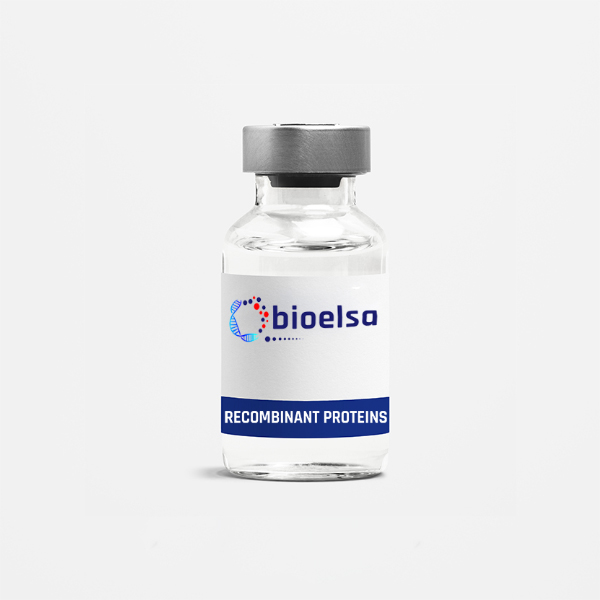| Gene ID |
1270 |
| Accession | P26441 |
| Alternative Name | Ciliary neutrophic factor |
| Species | Human |
| Source | E. coli |
| Description | CNTF is found predominantly in peripheral nerve tissues. The main source appears to be myelin-associated Schwann cells in peripheral nerves and astrocytes in the central nervous system. CNTF is present at very high concentrations within intraocular tissues that contain the same muscle cells innervated by ciliary ganglionic neurons in vivo. CNTF receptors are expressed exclusively in the nervous system and skeletal muscle. The alpha subunit of the receptor is anchored to the cell membrane by a glycosyl-phosphatidylinositol linkage. The other receptor subunit, known as gp130, is also a component of receptors for LIF, Oncostatin M, IL-6 and IL-11, and seems to be involved also in signaling for CT-1. CNTF induces the expression of genes encoding hepatic acute phase proteins such as Haptoglobin, Alpha-1-antichymotrypsin, Alpha-2-Macroglobulin and Beta-fibrinogen in human hepatoma cells (HepG2) and in primary rat hepatocytes with a time course and dose-response comparable with that of IL-6. |
| Accession | P26441 |
| Functions | The ED50 as determined by the dose-dependent proliferation of human erythroleukemic cell line was found to be <2 ng/mL |
| Formulation | Lyophilized from a 0.2 ?m filtered PBS pH 7.5 |
| Solubility | A quick spin of the vial followed by reconstitution in distilled water to a concentration not less than 0.1 mg/mL. This solution can then be diluted into other buffers. |
| Appearance | Lyophilized Powder |
| Molecular Weight | 22 |
| Purity | >95% as determined by SDS-PAGE |
| Concentration | < 1.0 EU/μg of recombinant protein as determined by the LAL method. |
| Shipping Condition | Ambient Temperature |
| Storage Condition | The lyophilized protein is stable for at least one year from date of receipt at -70?C. Upon reconstitution, this cytokine can be stored in working aliquots at 2? - 8?C for one month, or at -20?C for six months, with a carrier protein without detectable loss of activity.
Avoid repeated freeze/thaw cycles. |
